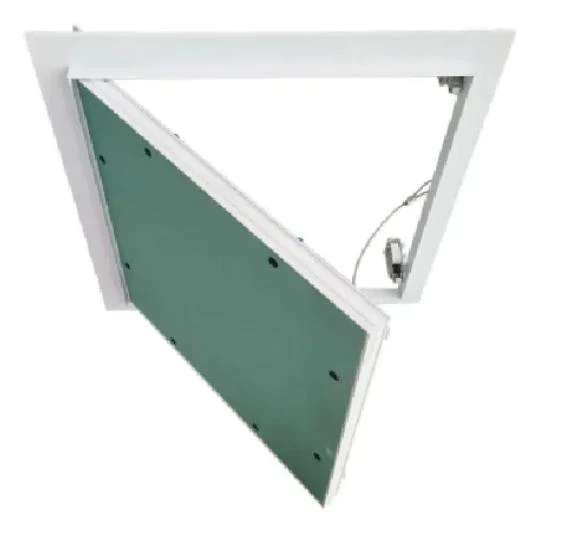- Afrikaans
- Albanian
- Amharic
- Arabic
- Armenian
- Azerbaijani
- Basque
- Belarusian
- Bengali
- Bosnian
- Bulgarian
- Catalan
- Cebuano
- Corsican
- Croatian
- Czech
- Danish
- Dutch
- English
- Esperanto
- Estonian
- French
- German
- Greek
- Hindi
- Indonesian
- irish
- Italian
- Japanese
- Korean
- Lao
- Malay
- Myanmar
- Norwegian
- Norwegian
- Polish
- Portuguese
- Romanian
- Russian
- Serbian
- Spanish
- Swedish
- Thai
- Turkish
- Ukrainian
- Uzbek
- Vietnamese
ธ.ค. . 14, 2024 00:24 Back to list
what is a ceiling grid
What Is a Ceiling Grid?
A ceiling grid, often referred to as a suspended ceiling or drop ceiling, is a framework constructed from metal tiles or panels specifically designed to create a secondary ceiling beneath the structural ceiling of a room. This method is widely used in residential, commercial, and industrial buildings for various reasons, including aesthetics, acoustics, insulation, and utility access. In this article, we will explore the components, types, advantages, and installation processes associated with ceiling grids.
Components of a Ceiling Grid
The fundamental elements of a ceiling grid include main tees, cross tees, and ceiling tiles. Main tees are the long, horizontal pieces that span the room's length, providing the primary support. Cross tees intersect with the main tees, creating a grid-like structure. Ceiling tiles, usually made from mineral fiber, gypsum, or other lightweight materials, fit into the openings of this grid to form the visible surface of the ceiling.
Additionally, suspension wires are employed to secure the main tees to the original ceiling, ensuring stability and level alignment. The grid system allows for easy replacement of tiles if they become damaged or stained, making maintenance straightforward.
Types of Ceiling Grids
Ceiling grids come in a variety of types, each serving different functions and aesthetics. The most common types include
1. Acoustic Ceiling Grids Designed to reduce noise levels, these grids are often found in offices and conference rooms. They utilize sound-absorbing tiles that mitigate echoes and enhance the overall acoustics of a space.
2. Metal Ceiling Grids These grids offer a more modern and industrial appearance. They are typically used in commercial settings where durability and style are paramount.
3. T-bar Ceiling Grids Named for their T-shaped profile, these are the most prevalent type of grid system. They are easy to install and allow for flexible tile options.
4. Fiberglass Ceiling Grids Lightweight and moisture-resistant, fiberglass grids are ideal for areas prone to humidity, such as restrooms or commercial kitchens.
Advantages of Ceiling Grids
Ceiling grids provide a myriad of benefits. Firstly, they allow for the concealment of ductwork, plumbing, and electrical wiring, contributing to a cleaner and more organized appearance. This is particularly advantageous in commercial environments where aesthetics matter.
what is a ceiling grid

In terms of acoustics, ceiling grids with sound-absorbing tiles can significantly improve sound quality within a space by reducing noise pollution. This is crucial for businesses conducting meetings or presentations.
Energy efficiency is another key advantage. Some ceiling tiles have insulating properties that help maintain comfortable indoor temperatures, reducing heating and cooling costs.
Furthermore, ceiling grids facilitate easy access to utilities behind the panels, allowing maintenance personnel to perform repairs without extensive disruption to the space.
Installation Process
Installing a ceiling grid is a manageable DIY project for those with basic handyman skills, but it can also be performed by professionals. The typical installation process involves several key steps
1. Planning Measure the room to determine the layout and number of tiles required. Planning is essential to achieve a level and symmetrical finish.
2. Marking and Preparing Using a chalk line, mark the desired height of the new ceiling on the walls. This mark will guide the installation.
3. Installing the Suspension System Attach the suspension wires to the original ceiling at specified intervals and secure the main tees to these wires, ensuring they are level.
4. Adding Cross Tees Insert the cross tees into the main tees, forming a grid pattern.
5. Fitting Ceiling Tiles Finally, place the ceiling tiles into the grid openings. It is important to ensure they fit snugly and are evenly aligned.
Conclusion
In summary, a ceiling grid is a versatile, functional, and aesthetically pleasing solution for managing the ceilings of various spaces. Whether it is for improving acoustics, enhancing appearance, or providing access to utilities, the benefits are numerous. With a straightforward installation process, ceiling grids can be a practical project for homeowners or a strategic choice for developers seeking to optimize space in commercial buildings. Whether you opt for acoustic, metal, or fiberglass options, a ceiling grid can transform the look and functionality of any room.
-
Transform Interiors with PVC Gypsum Ceiling: A Stylish, Durable, and Moisture-Resistant SolutionNewsMay.19,2025
-
The Smart Interior Upgrade: Discover the Durability and Versatility of Gypsum Ceiling Access Panel SolutionsNewsMay.19,2025
-
The Smart Choice for Interior Design: Discover the Value of PVC Gypsum Ceiling SolutionsNewsMay.19,2025
-
Mineral Fiber Ceiling Tiles: The Smart Blend of Performance and AestheticsNewsMay.19,2025
-
Mineral Fiber Ceiling Tiles: The Superior Choice Over Gypsum for Sound and Fire SafetyNewsMay.19,2025
-
Mineral Fiber Ceiling Tiles: Eco-Friendly Strength and Style for Every CeilingNewsMay.19,2025







